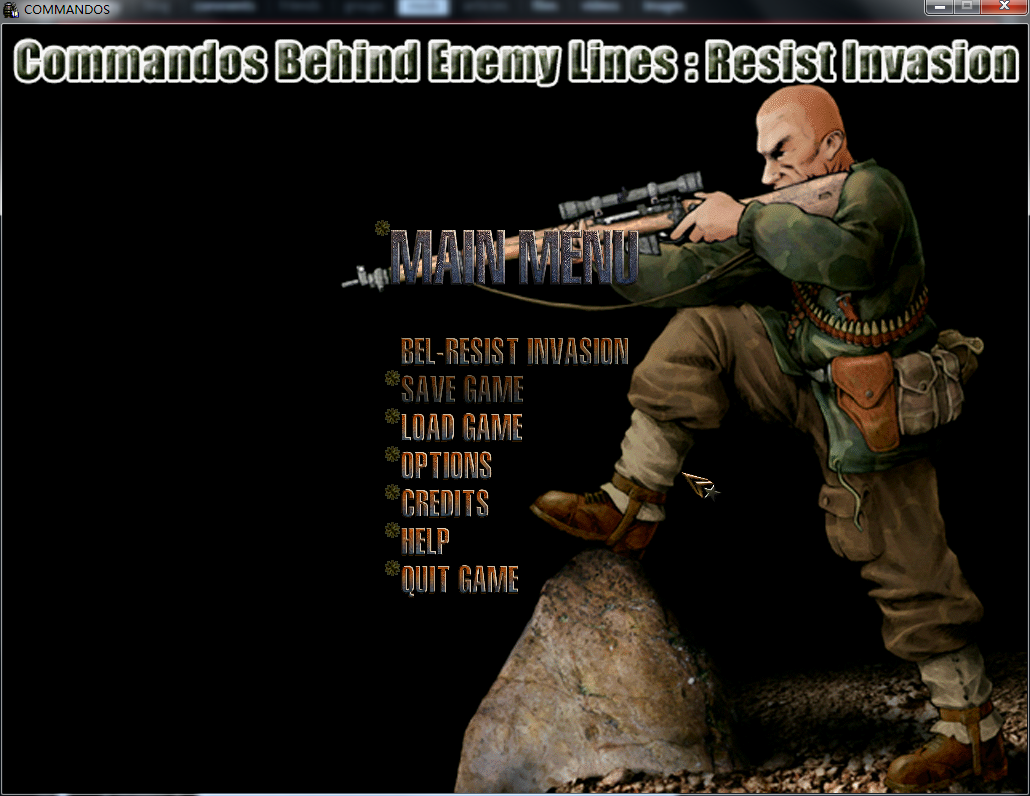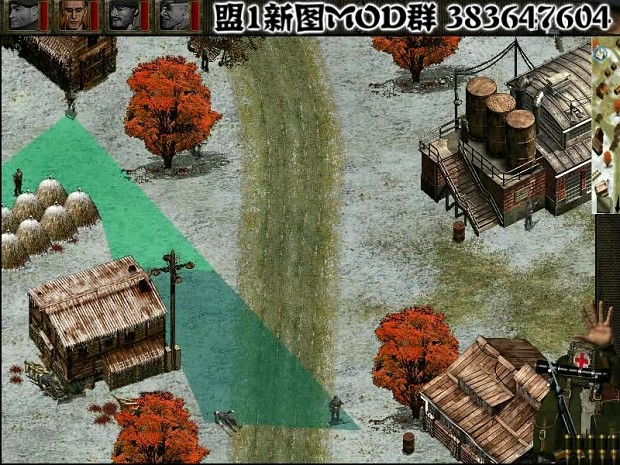
They were fortunate to suffer no casualties The Commandos made their way back to their ALCĬarrying one corpse. Three of the patrol were killed and the remainder Lt Scaramanga's party landed as planned at St Vaast Bay and wereįaster on the draw with their Tommy guns when confronted by a Germanīicycle patrol. Transferred to their Assault Landing Craft (ALCs) to be towed by motor gunboats to their destinationīeaches. Raiding Craft Carrier HMS Prince Leopold. The target beaches were on the Pointe de Saire near St Vaast on the French coast, east ofĬherbourg and Courseulles, north west of Caen. No 1 Commando undertook a raid on a couple of enemy held beaches with the aim of taking On the night of 27/28th September, 1941, No 5 Troop of In this article denotes 'Special Service.' Initially designated the No 1 SS Battalion, by March, 1941, it was renamed No 1 Commando. Independently as irregulars and not as part of a formed military unit. No 1 Commando was formed fromĭisbanded Independent Companies whose members were trained to fight Nos 3 and 4 Commandos wereįormed from Southern Command, Nos 5 and 6 from Western Command, No 7 fromĮastern Command, No 8 mainly from the London District and the Householdĭivision and Nos 9 and 11 from Scottish Command. Geographical base as Army volunteers came forward. Units were formed in the first few weeks of July, 1940.

Training needs and modus operandi were refined and developed. Churchill was not impressed with these pin-prick raids and forĨ months there was little activity as the role of the Commandos, their Were raised and undertook ineffective raids on Boulogne and theĬhannel Islands.

Keyes and Churchill watching a Commando Exercise on the River Clyde, To the strengthened position (certainly as viewed by Keyes himself) of Director ofĬombined Operations, to be followed by Lord Louis Mountbatten in October, 1941. However, at Churchill's behest, on the 17th of July, Staff on Combined Operations." Bourne was a Royal Marine Commander withĮxperience of both land and sea operations.

Raiding Operations on coasts in enemy occupation and Adviser to the Chiefs of I look to the Chiefs of Staff to propose me measures for a vigorous,Įnterprising and ceaseless offensive against the whole German occupied coastline.Ī consequence of this imperative, on June 14, 1940, Lieutenant-General Alan Bourne was appointedīy the Chiefs of Staff (under increasing pressure from Churchill to makeĪn appointment) to the position of "Commander of Of terror first of all on the 'butcher and bolt' policy. Such forces mightīe composed by self-contained, thoroughly equipped units of say 1,000 up to not less than 10,000 when combined.Įnterprises must be prepared with specially trained troops of the hunter class, who can develop a reign It is of the highest consequence to keep the largest numbers of German forces all along the coasts of the countries that have beenĬonquered and we should immediately set to work to organise raiding forces on these coasts where the populations are friendly. The completely defensive habit of mind, which has ruined the French, must not be allowed to ruin all our On the 3rd of June, 1940, Churchill wrote to the Chiefs of Staff Resources to be deployed elsewhere, notably against the Soviet Union from June Materials in these areas than would otherwise have been necessary, leaving fewer This would force the Germans to deploy more men, armaments and In the meantime, Churchill wanted to harass the enemy along the length of the occupied

Thousands in amphibious beach landings, while under fire from the enemy'sĭefensive positions. Would take years to re-equip and train an invading force of hundreds of Together as a unified force under the a new organisation called the Combined Where the the army, navy and air force would plan, train and work For this to happen, a new approach was needed Instead, large scale amphibious assaults onto unimproved, heavily defended Th rough friendly ports and harbours to take on the Germans. The chance of shipping large armies with their weapons, transport and supplies June of 1940 had a profound effect on the future conduct of the war. The evacuation of the British Expeditionary Force They saw action in northern France, North Africa and Burma. Is a brief history of No 1 Commando from formation in July 1940 to disbandment in Janġ947 following a period of merger with No 5 Commando, as 1/5 Commando, while


 0 kommentar(er)
0 kommentar(er)
